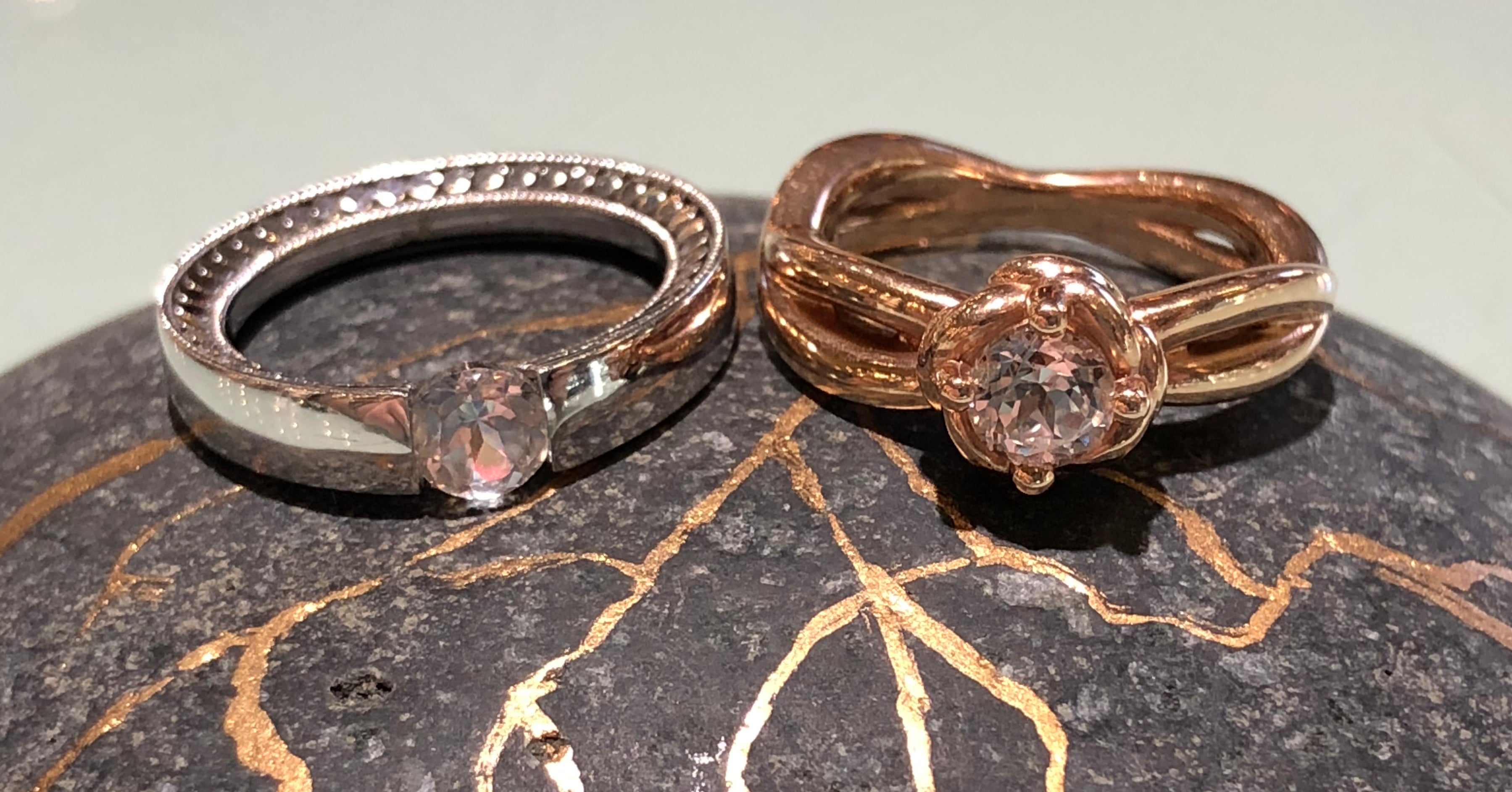What’s not to like about them?! They’re the state gemstone for Montana, and the birthstone for September.
Sapphires have been adored for thousands of years, and it’s pretty obvious why. Their deep blue hue has enticed royalty and lovers alike for generations.

WHAT COLORS CAN MONTANA SAPPHIRES BE?
However, Montana has a little secret up her sleeve: a sparkly, rainbow secret. Montana has sapphires that come in every color of the rainbow, even grey, black, and colorless! In fact, sapphires of varying colors can be found all over the world.
So what causes this variety of colors, and why, given that great variety, do you always see blue sapphire jewelry?





Well, most jewelry shops aren’t like fashion magazines. They simply aren’t going to carry a whole line of something that’s new and groundbreaking. They're going to sell what's popular on the market. Sapphires are famous for their deep blue shade, and that certainly hasn’t changed through history. Notable people including Princess Diana (and now Kate Middleton), Victoria Beckham, and Elizabeth Hurley all wear deep blue sapphire rings that were given to them by their lovers. And the fact of the matter is, blue sapphires are the most common sapphire that comes out of mines.
WHY DO SAPPHIRES COME IN DIFFERENT COLORS?
All sapphires are a variety of mineral called corundum. Corundum in its pure form, is naturally a colorless mineral but different trace elements that grow in the crystal lead to different colored sapphires.
What are trace elements? Well, technically, they are various elements on the periodic table that were present when the corundum was nothing but a chemical soup, deep underground. But then, as the corundum crystals began to form, those impurities worked their way into the crystal structure. And it is the "dirty secret" of those impurities that makes sapphires colorful. So, this is the kind of dirt you want! (Unless you prefer a colorless sapphires, as shown in two rings below:

For example, when corundum has trace elements of iron and titanium, the famous blue sapphire is formed! The intensity of the blue depends on how much of each trace element is present.

A healthy mix of iron, copper, and titanium leads to a green sapphire! Many Montana sapphires come in this green variety. There are many different hues and saturations of green sapphire, but Montana green sapphires come in some of the most lovely pastel green colors, as seen in the center gem here:

Varying levels of iron in corundum produce yellow and orange sapphires.


Alright, this is where I blow your mind. Traces of the element chromium produce pink sapphires, but if there’s enough chromium in the stone, a ruby is born! That’s right, rubies are actually red sapphires!
So, don’t let this little sapphire secret scare you off, find the perfect sapphire color that fits you! Mix your colors, and find something unique to you! And September babies, don't brag TOO much about how much more colorful your birthstone is than most of the rest ;)
And let's not forget a very practical reason that sapphires have been prized through the ages--their durability. While diamonds are harder than sapphires (which means a diamond can scratch a sapphire, but not vice versa), durability is a combination of factors that is not scientifically determined, but more proven through ages of human experience and wear. With the exception of not being as hard as diamond, sapphires are nearly as durable as diamond, which is what makes them ideal for a ring that is worn daily. Which, in turn, is why sapphire is the most popular non-diamond center stone used in bridal jewelry! Not only do you get to take your pick of color, but you get to enjoy it a long, long time.



Leave a comment